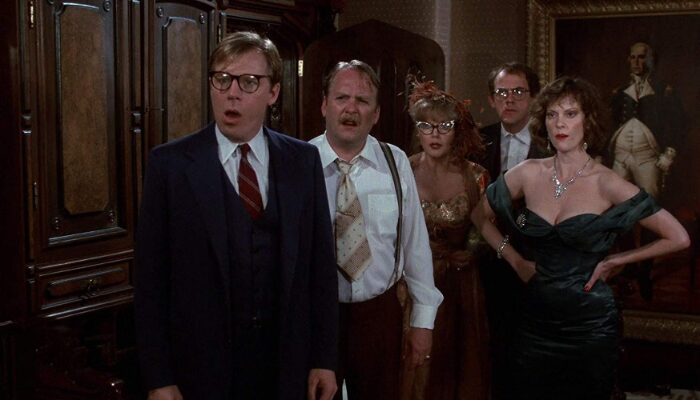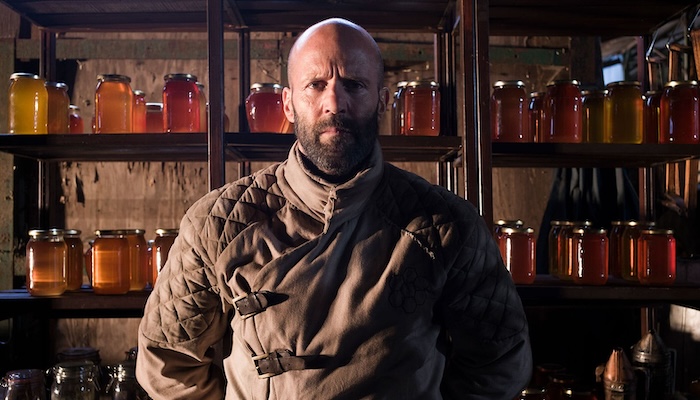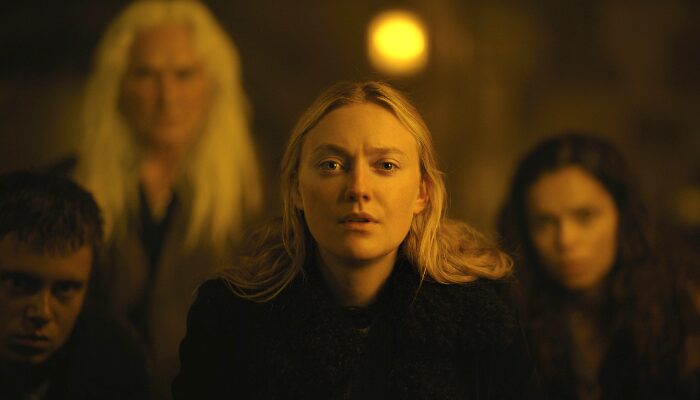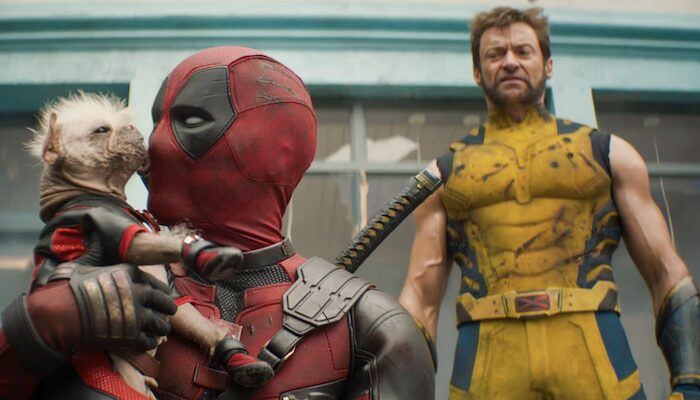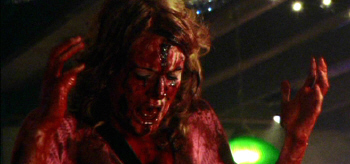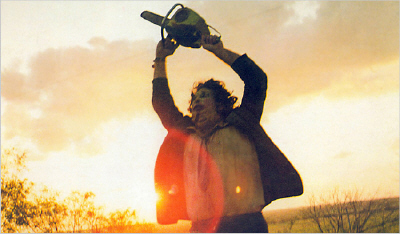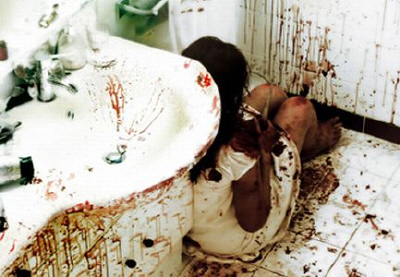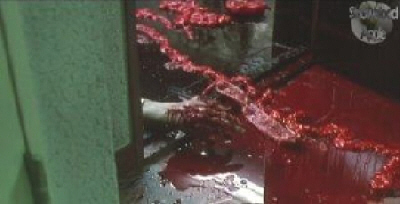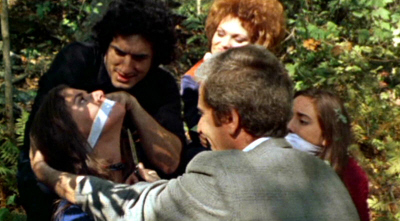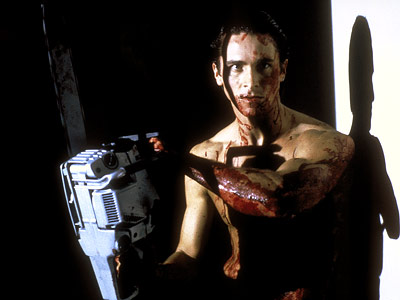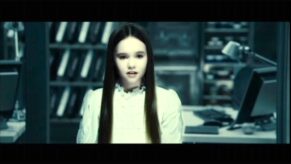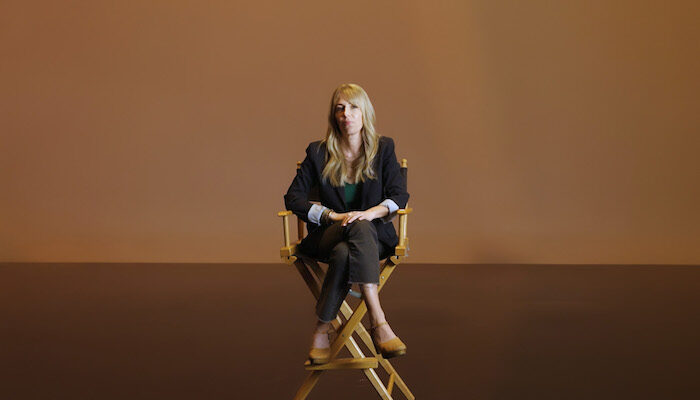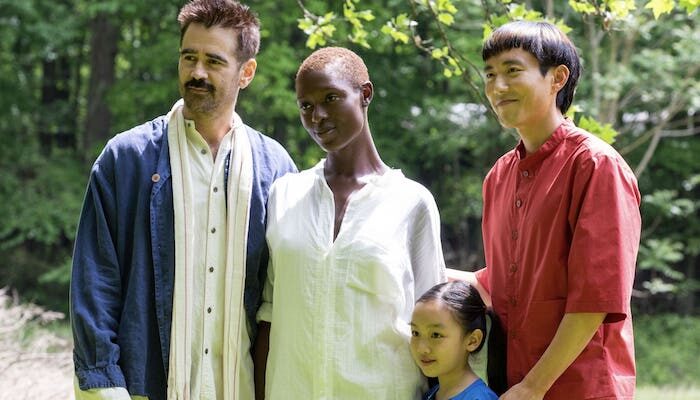The State of the American Horror Film
The State of the American Horror Film is simple: remakes, franchises and PG-13. Most of the releases that are original, home grown U.S. horror films, including some dubbed Torture Porn, are forgettable. About 80% of them find their way to the DVD shelf than to the theater screen. Most deserve this fate, some do not. Many try to shock with brutality, blood and gore, few try to affect the viewer psychologically during their runtime or give thought to affecting them after the credits have rolled.
I often think of these past years and the ones that will surely follow as “The Season of Remakes”. Every week it seems there is some god-awful remake announced of a film of far superior quality, the latest being Let the Right One In. This inferiority problem was not the case for the remakes of The Hills Have Eyes, parts of The Ring and The Texas Chainsaw Massacre but they and a few others are the rare exceptions.
It seems like the safe financial bet is for studios to back a film property that has already been tested than to risk their money on a movie that can go either way. I have read this many times. It is an example of Hedging (an act or means of preventing complete loss of a bet, an argument, an investment, or the like, with a partially counterbalancing or qualifying one) and from a financial standpoint, no fault is to be found in it. From a creativity standpoint, it has caused stagnation in the cineplex. Take SAW for example. We are on our fifth installment, each one less compelling than the film before it. When an actually good and original horror film is created, like Clive Barker’s Midnight Meat Train, All the Boys Love Mandy Lane and Trick R’ Treat (though I have never seen it), it is initially acquired by a distributor that assures all parties concerned that they love the film, believe in the film, will promote the film and give it the theatrical release that a sublime film such as this deserves. Then the film sits on a shelf for years or is given an extremely limited release so the distributor can uphold their end of the contract. The film is next unceremoniously dumped onto DVD. As mentioned earlier, some deserve this fate, but not all, not the films above.
Is the Motion Picture Association of American (MPAA) to blame? Could be. Thirty to forty years ago a director could get away with releasing in theater The Last House on the Left, Cannibal Holocaust, Zombi and countless others in their original (or semi-original) cuts. Today they would have to be severely edited before being allowed into theaters or risk being branded with the stigmata of NC-17. The Hills Have Eyes remake faced that rating as did Grindhouse (2006) before cuts were made.
One of the areas of the world where issues or ratings and content do not seem to be an issue is in Region 3 (Asia). I have a question to ask concerning The State of American Horror Films in this area? Have you ever seen an American horror film remade for the Asian film marketplace? I have not and I have seen plenty of Asian horror films. Why don’t we see this occurrence? Because the majority of the edgy, original horror films come from Asia and other countries these days. There is no need for them to remake Friday the 13th or A Nightmare on Elm Street. Asian film directors and screenwriters generate their own original ideas and are allowed the creative leeway and outlets to bring them to fruition in the exact form they intended. They are not restricted when it comes to content in the slightest. Big Brother, the MPAA, does not exist there and is not looking over their shoulder. Watch any of Takashi Miike’s horror films for proof of this. Meanwhile here in the United States, we are presented with the remakes and re-imaginings of outstanding Asian horrors films that are stripped of their originality, altered or modified to conform with what we have already seen in American cineplexes before. Exceptions to this would be a remake like The Grudge (Ju-on: The Grudge), which retained a large portion of the spirit and imagination behind its original.
Everyone knows the Golden Age of horror was twenty to forty years ago. That is an understood fact in the industry. Why do you think those films are being remade now? Because they were bad? Originality was high back then, content restrictions were low. The MPAA did not even start rating films in a form recognizable today until 1984, which is an ironic, wouldn’t you say? Violent films were not blamed back then for the delinquency of young adults and violent crimes. No disclaimers were on television commercials. Basic commonsense told viewers what they were seeing was fake, not to be attempted or emulated. Responsibility for the behavior of children and young adults was placed squarely on the shoulders of their parents. Some were neglectful and their lack of guidance needed a scapegoat. Violent films were one of those scapegoats.
Now horror movies are suffering because of it. Real human suffering has been replaced by splatter. When is the last time you saw real human suffering in a horror film? The last time you might have seen it was in Wolf Creek, “the trailer scene” in The Hills Have Eyes (Unrated) remake and “the finger scene” in Rest Stop (Unrated). Many may have passed on The Last House on The Left (1972) with its blue imagery on the DVD cover and gold MGM DVD tag at its top while trolling through the horror racks of their local video store (get NetFlix people). They may have seen that it was written and directed by Wes Craven and after passing on it many times they said: “What the hell. Scream was good.” Two-thirds of the way through the film, these courageous souls realized why they have never seen The Last House on The Left on cable television as they have Halloween and It’s Alive. The Last House on The Left is one of the most brutal, surprising and authentic horror films you will ever see. The best aspect of the film is that there is no artifice or aggrandized central idea as in Hostel and SAW. It is just human beings acting ugly and despicable to other human beings. You will never see a film of The Last House on The Left (1972)’s “quality” on an American theater screen ever again unless you are in an art house movie theater and it is the month of October.
When Chaos, an NC-17 film almost identical to The Last House on the Left (1972), was released in 2005, it sparked some controversy not because it was described as “ugly, nihilistic and cruel” but because of the fantastic horror film discussion, Evil in film: To what end?, it ignited between Pulitzer Prize winning film critic Roger Ebert, Chaos’ director David DeFalco and Chaos’ producer Steven Bernheim. It came down to should a horror film reflect the true depths of sadism in our society and what purpose would such films serve. I, for one, do not like “sanitized” horror films but everyone has their limits to how much authentic human suffering they can take in. I have never seen Chaos but I found my own limit when I watched The Last House on the Left (I own it but have only watched it twice). I also found my limit when I read the highly detailed American Psycho, a book where author Bret Easton Ellis creatively reflects its main character’s obsessive compulsive disorder in the book’s style and its descriptions. Considering the questions above, I believe horror should reflect reality, no matter how terrible. If people do not want to view these films, they do not have to see them.
Examining reality in horror films further, why are children never claimed amongst the slain? In America’s society, mothers and other children kill adolescents every week yet the so-called psychos, killing machines and horrible circumstances in horror films never quite seem to get around to offing the kiddies. I do not go into a horror film wanting to see that sort of thing but why place children in horror movies if the same rules do not apply to them? The next time you watch Resident Evil: Apocalypse (LOL!), play attention to the pretty reporter (Sandrine Holt) that gets killed by zombie children in the school. When Betty Badass aka Alice (Milla Jovovich) shows up, the zombie children are off in another part of the school “looking for food.” In most of the zombie flicks I have seen, zombies are homing missiles to living flesh. The reason the zombie children are off in another part of the school was so that the fragile, virginal viewer would not have to see the hero of the film kill zombie children. Even if this incident had occurred, Resident Evil: Apocalypse would have still been pathetic but at least writer/director Paul Anderson would have showed some balls not indulging such a witless, loathsome cope-out. In Halloween (1978 & 2007), there is a scene where Michael Myers is in the same room with a child, does nothing yet kills everything (including animals) and everyone seventeen years of age and up. Why is that? To the writers of the children plot points in horror films: “What happened? Did your balls drop off?” –Heath Ledger, The Dark Knight.
The DVD landscape is now the saving grace and sovereign dominion of American horror originality. Horror film directors John Gulager (Feast) and Joe Lynch (Wrong Turn 2: Dead End), probably knew their films were not going to get a full theatrical release (I know Lynch did). Nor were their films destined to get a full marketing push from their respective film studios so they and others made and continue to make films to please themselves, the screenwriters and horror fans, not MPAA guidelines. Imagine if Dimension Films backed Feast the way they got behind crap-fest remake Black Christmas or the way Screen Gems backed the equally crappy remake of Prom Night.
The State of the American Horror Film is that the truly inventive and original horror films in our current film landscape are independent films like Behind the Mask: The Rise of Leslie Vernon and foreign films like The Host. Home grown American greats like Mr. Brooks are very few and far between. Most American horror films dwell in convention, few originate. I am a fan of convention, female nudity, “waiting-to-dies”, on-screen blood, R-rated sex scenes, survivor girls, red-herrings, masked killers, twist endings and the supernatural like anyone else. If you keep copying something, however, the copy may not be as detailed, bright or as accurate as the original. Right now, we have copies of copies of copies. This problem was exemplified in Dead and Deader. Stop talking about or recreating what was great in another horror film in your own horror film and create memorable, original moments, characters and situations of your own. Is that to much to ask from creative minds?
If you enjoyed this article, subscribe to our full RSS Feed or by Email to get informed when we post new ones.
Related Articles
FilmBook's Newsletter
Subscribe to FilmBook’s Daily Newsletter for the latest news!

